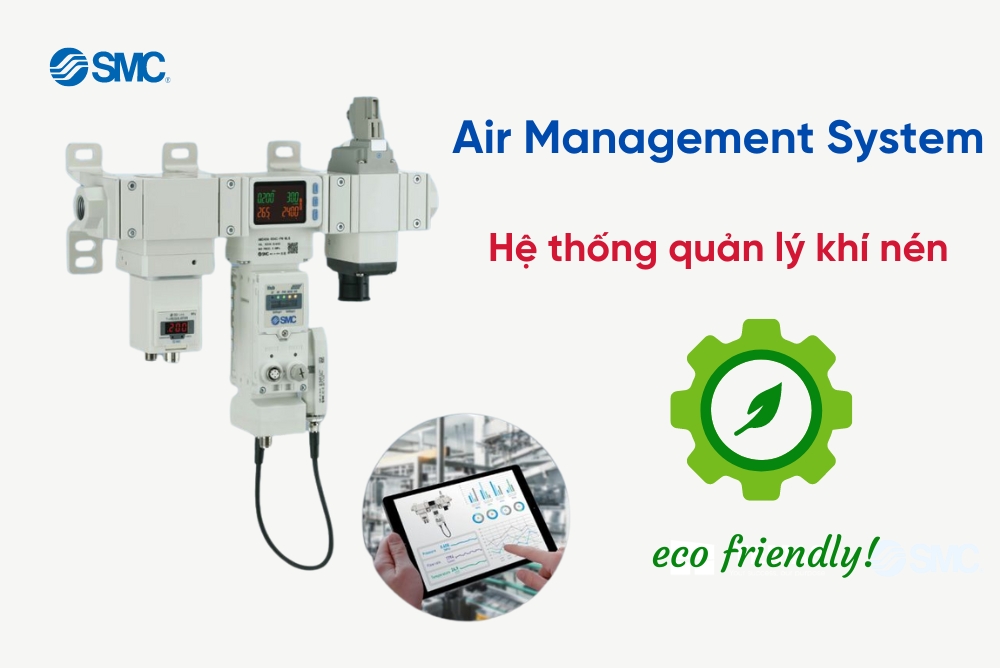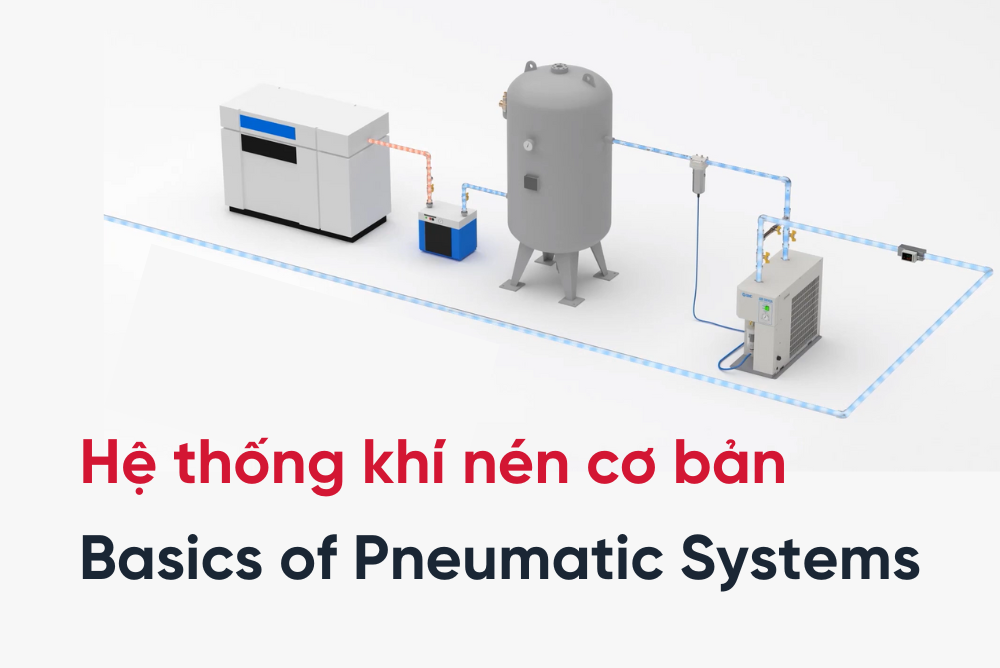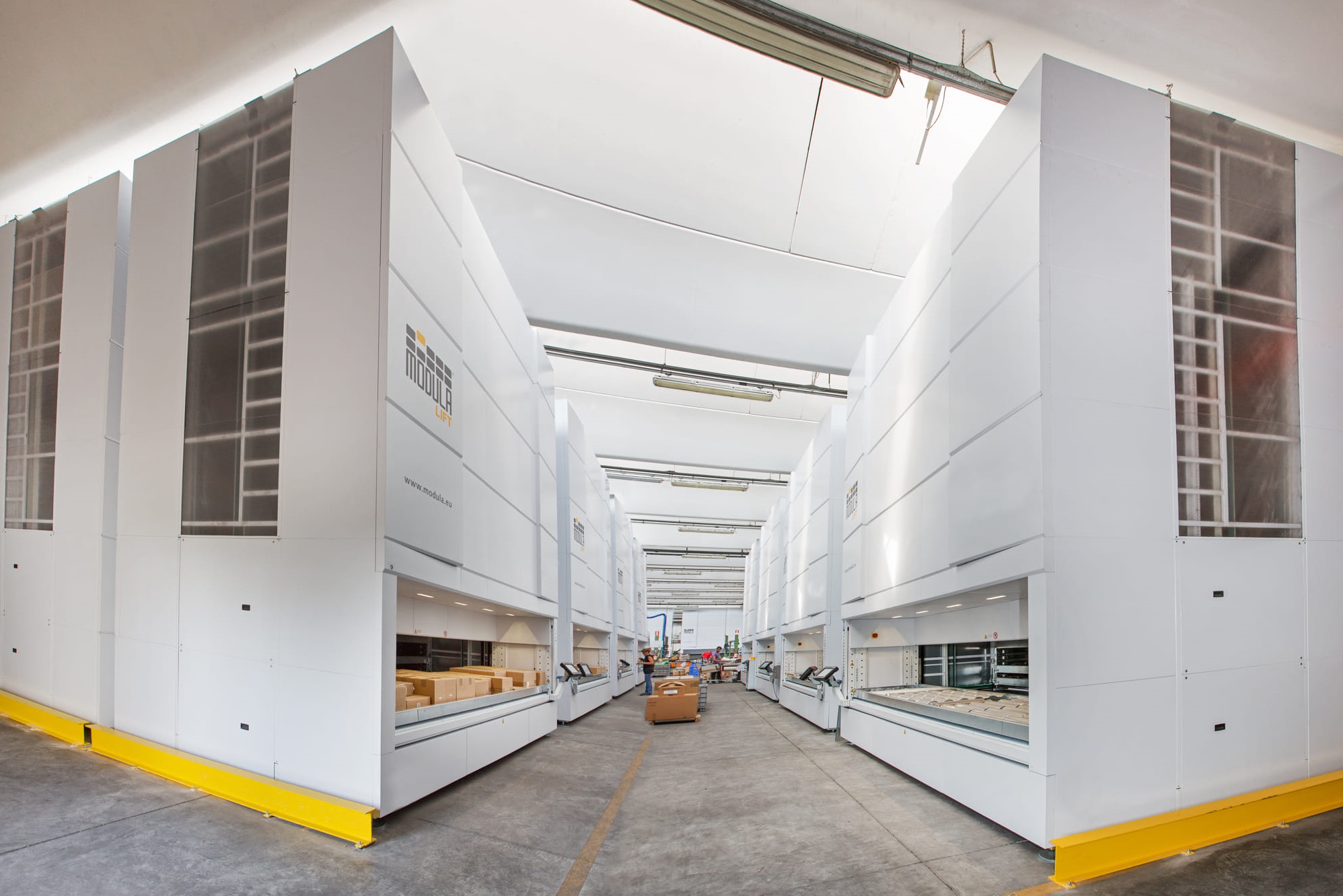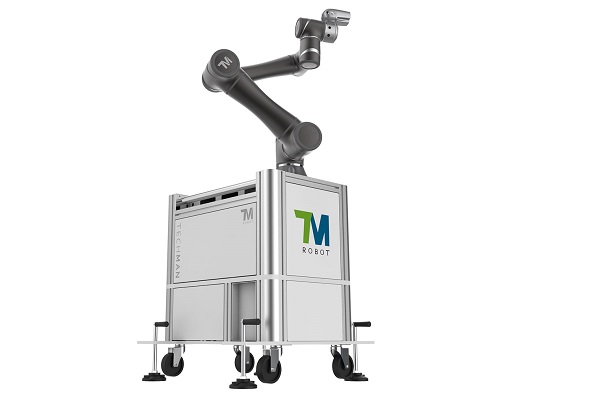During the hot summer months, industrial manufacturing equipment often operates under greater pressure, which can reduce their efficiency and lifespan. Integrating solutions like SMC's Air Management System (AMS) helps save energy and optimize pneumatic systems. This system reduces the impact of high temperatures, leading to exceptional energy savings (averaging from 30% to 50%) and cost reduction (with a typical ROI within just 14 months). In this article, we'll explore the AMS, its intended users, and how it stands out against conventional air preparation systems.
What is Air management system?
The Air Management System (AMS) from SMC is a pneumatic device capable of automatically regulating and isolating the compressed air supplied to machinery, enhancing performance when the equipment is not in operation. This device collects key data such as pressure, flow rate, and air temperature.
With this data, AMS can identify normal operating conditions, detect trends, and compare them to implement predictive maintenance measures, ensuring the system operates at optimal performance levels. Since there is no need to reprogram the PLC during operation, integrating the AMS system is straightforward and cost-effective.
An Air Management System from SMC
Furthermore, the AMS system utilizes a digital platform and technology aligned with Industry 4.0 trends, enabling users to save between 30% to 50% more energy compared to traditional systems. Investing in AMS typically achieves a return on investment within just 14 months, offering both short-term benefits and long-term cost savings.
What is the AMS Air Management System used for?
The Air Management System helps address several common issues faced by businesses using compressed air:
1. Reduces the Cost of Air Leaks
In pneumatic systems, air leaks can occur in many areas such as standby exhaust ports, improperly installed piping, worn seals, and more. With high compressed air pressure, the amount of air leakage can be significant.
Common Leak Points in Pneumatic Systems
From a sustainability perspective, the air management system demonstrates clear sustainability by measuring and optimizing system pressure management.
When machinery switches to standby mode, the AMS adjusts the operating pressure from the standard 80 psi to a reduced standby pressure of 40 psi. This process does not deplete the entire pneumatic system but merely reduces the pressure. As a result, air leakage is cut in half without altering any machinery processes or PLC codes.
The AMS system automatically adjusts the pneumatic pressure to optimize performance
2. Enhancing System Visibility and Communication
A common challenge for businesses using compressed air is the difficulty in managing and controlling their pneumatic systems. With SMC Air Management System, users can easily monitor key parameters such as air pressure, temperature, and flow rate, enabling them to make accurate decisions and take timely actions to optimize their systems.
Instead of using multiple sensors scattered throughout and transmitting dispersed data, the AMS centralizes all information into a single access point, then sends all the necessary data to the system via various platforms like EtherCAT, ProfiNet, and EtherNet/IP.
AMS is also compatible with OPC UA (Open Platform Communications Unified Architecture), a critical software for enhancing condition-based maintenance by improving equipment monitoring and management. With direct connectivity to SCADA platforms and PLCs, this system not only allows users to monitor machinery’s compressed air but also provides proactive maintenance methods. Think of this system as a "check engine" light, alerting the need for maintenance before it leads to equipment damage and failures.
3. Reducing Labor Costs and Installation Time
SMC Air Management System offers wireless connectivity with a range of up to 100 meters, reducing labor and wiring time. With the ability to wirelessly connect up to 10 remote devices, the AMS simplifies installation and eliminates complex wiring issues, saving both time and manpower.
4. Addressing Inefficient Energy Consumption
Traditional air preparation systems can waste energy due to uneven pressure levels and excessive air consumption. With the AMS, users can enhance energy efficiency by monitoring and adjusting air pressure and flow rates, leading to significant compressed air savings and improved machine performance.
Key parameters can be continuously monitored, allowing for real-time adjustments and optimizations
5. Minimizing Maintenance Issues
Addressing issues only after they cause faults and disrupt the system (often referred to as reactive maintenance) can lead to unexpected downtime and costly emergency repairs. The AMS facilitates predictive maintenance by collecting real-time data, analyzing it, and providing insights into potential issues (such as excess airflow, high temperatures, and extreme pressures). This allows users to schedule maintenance activities in an organized manner, reducing downtime and streamlining maintenance resources.
6. Reducing Load on Air Compressors
By automatically adjusting airflow and applying operational limits, the AMS helps reduce the load on air compressors, preventing overload conditions and contributing to the extended lifespan of both the compressors and the overall pneumatic system.
7. Scalability and Extensive Synchronization
The AMS offers significant scalability, allowing for the addition of more devices over a wide area. A central system can monitor up to 10 remote devices spaced up to 100 meters apart. All information is transmitted back to the central system, making integration straightforward and efficient.
Predictive Maintenance – A Key Advantage of the AMS
The AMS is a powerful tool that enables predictive maintenance for pneumatic systems. Predictive maintenance is a proactive approach that uses real-time data and advanced analytics to forecast and prevent equipment failures, optimize system performance, and minimize unexpected downtime.
The AMS integrates various digital functions to achieve predictive maintenance capabilities. The system continuously collects data on key parameters such as air pressure, temperature, and flow rate. This real-time data is then analyzed to detect any deviations from optimal performance or early signs of potential faults in the pneumatic system of the machinery. By predicting when components may fail or require maintenance, engineers can plan and manage maintenance activities, thereby reducing unplanned machine downtime and minimizing costly emergency repairs.
The video below demonstrates how the AMS collects and transmits data to PLCs, other servers, and the cloud through various communication protocols, including EtherNet/IP, EtherCAT, or Profinet.
The Air Management System functions as a versatile translation device, collecting crucial data from your pneumatic system and converting it through various communication protocols. The AMS offers both wired and wireless options and is compatible with IO-Link. With its capability to monitor unlimited key parameters of the pneumatic system, users can identify anomalies, diagnose potential issues, and take proactive measures before they escalate into serious problems.
The AMS also enables predictive maintenance and contributes to significant energy savings. By monitoring and adjusting air pressure and flow, the AMS ensures that compressed air is used efficiently, minimizing energy consumption and associated costs.
Who Would See Advantages From the AMS?
1. Companies Using Compressed Air in Manufacturing
The AMS is suitable for a wide range of users. Facilities and factories that utilize pneumatic systems, regardless of industry, can benefit significantly from this advanced solution.
2. OEMs
Original Equipment Manufacturers (OEMs) aiming to develop environmentally friendly machinery can leverage the AMS to create sustainable solutions for their customers. By incorporating AMS, the next generation of OEM machines can become more eco-friendly and competitive in the market.
3. Managers and Maintenance/Improvement Staff
Managers and maintenance/improvement personnel who seek to enhance energy efficiency and reduce maintenance costs will find the AMS Air Management System particularly valuable.
Energy Efficiency Incentives & Discount Programs
By adopting the Air Management System, businesses and factories have the opportunity to participate in government discount programs and environmental protection support initiatives. Many governments and regulatory agencies worldwide are actively promoting energy efficiency and implementing sustainable development solutions. Government support and incentives are often available for businesses investing in energy-saving technologies like AMS. Take advantage of these opportunities not only to optimize your factory's pneumatic system but also to benefit from government support and incentives for your commitment to sustainable development.
The AMS System Offers a Range of Models to Suit Various Applications
The AMS is available in four models, providing flexibility and options for different application needs.
The AMS20, AMS30, AMS40, and AMS60 series offer a range of capacities: the AMS20 for small-scale applications, the AMS60 for large industrial operations, and the AMS30 and AMS40 for medium-scale needs. These varying sizes allow users to select the most appropriate AMS model for their application, ensuring optimal air management and system efficiency.
The AMS has set a new standard in pneumatic system control, making it the first of its kind on the market.
The AMS by SMC is a revolutionary air management solution that simplifies air preparation, enables predictive maintenance, and achieves significant energy savings. Its advanced data collection and digitization capabilities provide real-time insights, allowing for proactive maintenance and minimizing downtime.
Read more: Specifications of the AMS Air Management System
Temas offers comprehensive solutions for pneumatic systems and equipment, including air preparation systems, air compressors, cylinders, valves, regulators, tubing, and end-of-line equipment. View our full range of pneumatic products here.


 Read more
Read more



